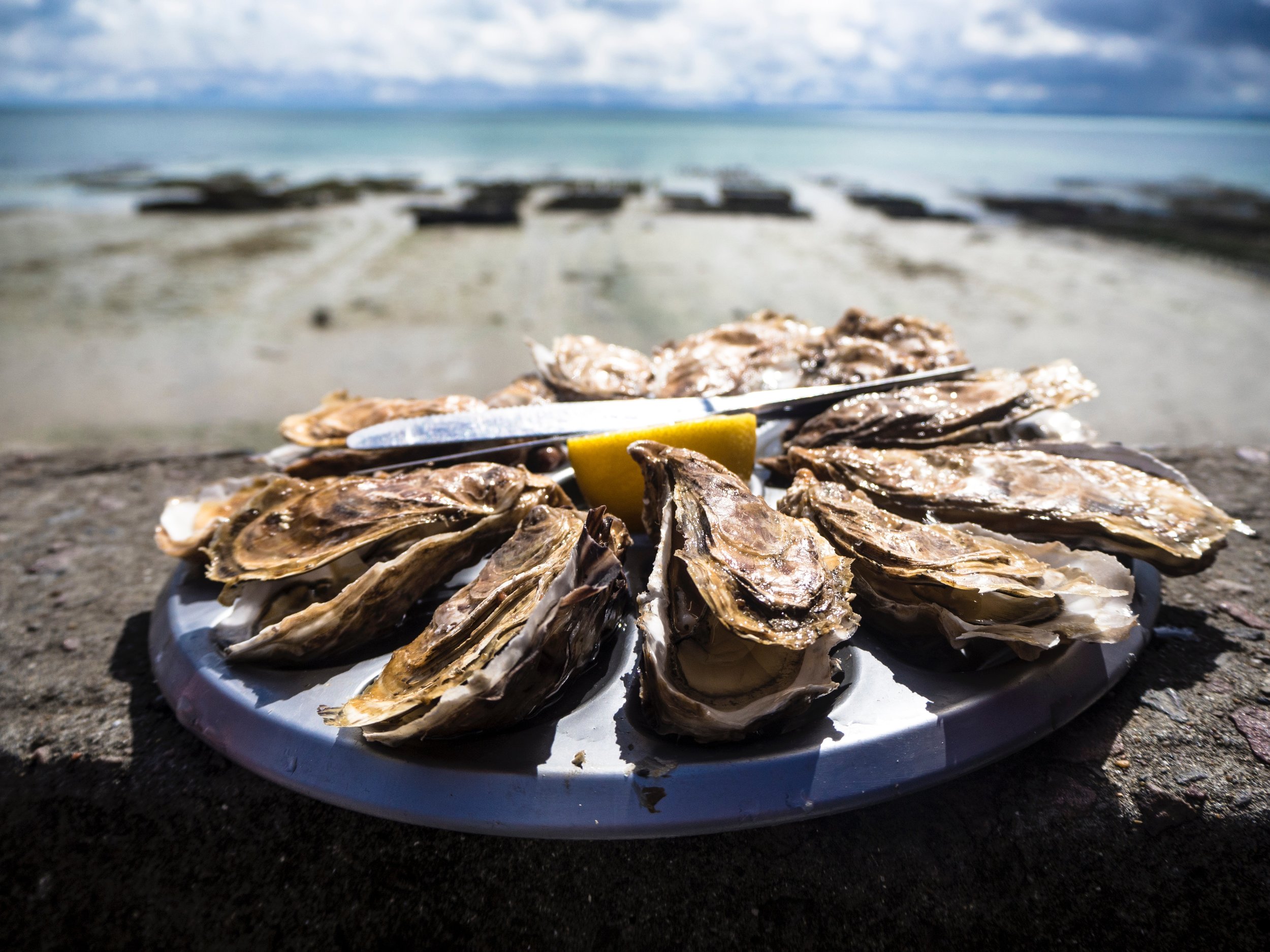What to Eat and Where to Eat it in France
Bayonne, France
Bayonne, on the border of Spain and France, is considered part of the French Basque region, but the important detail about Bayonne is its connection to Chocolate. There’s never really a wrong time to visit a town known as France’s chocolate capital, but if you have the luxury of choosing when to visit then go for Les Journées du Chocolate, a two-day chocolate festival, that takes place around the Feast of the Ascension each year.
In Bayonne, you can taste chocolate in the way it was originally introduced to Europe. Chocolate, originally discovered in the Yucatan Peninsula in 1519, was introduced to Europe as a liquid, and it was not until the 1800s that it began being made and enjoyed in solid form. While here, try a Chocolate Mousseux, a chocolate drink unlike any other, at Chocolat Cazenave, a chocolate-making house founded in 1854.
When you’ve had your fill of the very best version of hot chocolate, head to L’Atelier du Chocolat, a well-established chocolate brand throughout France, where you can see traditional chocolate making machines, take part in workshops and tours, watch chocolate being made (in the mornings), and taste some as well.
Castelnaudary, France
Castelnaudary is a southern French town in the Languedoc-Roussillon region between Toulouse and Carcassonne. Its foodie history revolves around cassoulet, a slow-cooked white bean and meat casserole that is rumored to date back to the One Hundred Years War and was created out of necessity to avoid famine. Although there is no record of it originating in Castelnaudary, the town takes its claim to fame serious by throwing the Fete du Cassoulet that serves over 40,000 cassoulets every year.
Marseille, France
Marseille is known for bouillabaisse, a Provencal fish stew consisting of a variety of different fish, that was intended as a way for fisherman to eat the bits of that day’s catch that couldn’t be sold.
Two notable places to try bouillabaisse in Marseille:
Cancale
Cancale, located in Brittany, is known as the oyster capital of France (roughly 90% of French oysters are consumed within France) so grab a dozen or two here. If you love oysters you know there is nothing better than an oyster enjoyed in the place it originated. Oysters were not a delicacy until the Renaissance period, and even then it took a while before they were fancied raw instead of cooked due to obstacles in transporting fresh food from the coasts inland without the proper infrastructure to do so quickly so enjoy this delicacy that was once only reserved for nobility.


